The Russia-Ukraine conflict, which escalated dramatically in February 2022, is rooted in complex historical, political, and cultural factors. This feature provides a detailed overview of the conflict, examining its origins, key events, international responses, and current situation.
Historical Context
The roots of the Russia-Ukraine clash can be traced back centuries, but the most significant recent developments began with Ukraine’s independence from the Soviet Union in 1991. Since then, Ukraine has oscillated between seeking closer ties with the West and maintaining its historical connections to Russia. The tensions intensified in 2013 when Ukraine's then-President Viktor Yanukovych, under pressure from Moscow, suspended an agreement for greater integration with the European Union. This led to widespread protests in Ukraine, known as the Euromaidan movement, culminating in Yanukovych's ousting in February 2014.
Annexation of Crimea
In March 2014, following Yanukovych's removal, Russia annexed Crimea, a peninsula that had been part of Ukraine since 1954. This move was condemned by Ukraine and the international community, leading to economic sanctions against Russia. The annexation was justified by Russia through claims of protecting ethnic Russians and Russian speakers in Crimea, but it was widely seen as a violation of international law.
Following Crimea's annexation, pro-Russian separatists in eastern Ukraine declared independence, leading to armed conflict in the Donetsk and Luhansk regions, collectively known as the Donbas. The war in eastern Ukraine resulted in thousands of deaths and significant displacement of civilians. Various ceasefires, including the Minsk agreements, were attempted but largely failed to achieve lasting peace.
Escalation of Conflict in 2022
The situation escalated dramatically in late 2021 and early 2022, as Russia amassed troops along the Ukrainian border. On February 24, 2022, Russia launched a full-scale invasion of Ukraine, marking a significant escalation in the conflict. This invasion was framed by Russian President Vladimir Putin as a "special military operation," with claims of protecting Russian speakers and "denazifying" Ukraine.
Key Phases of the War
Initial Invasion (February – March 2022)
Russian forces advanced rapidly, capturing key cities like Kharkiv, Chernihiv, and the capital, Kyiv. However, fierce resistance from Ukrainian forces and logistical challenges hampered Russian advances.
Ukrainian Counteroffensive (April – August 2022)
Ukraine launched a counteroffensive in the spring and summer, reclaiming territory in the north and pushing Russian forces back. This period saw significant international support for Ukraine, with increased military aid from Western countries.
Winter Offensive and Stalemate (Fall 2022 – Spring 2023)
As winter set in, the conflict transitioned into a more static phase, with both sides entrenched in a war of attrition. Ukraine continued to receive military support, including advanced weaponry like HIMARS and Patriot missile systems.
Renewed Ukrainian Counteroffensive (Summer 2023)
Ukraine began a new counteroffensive in the summer of 2023, aiming to reclaim occupied territories. Initial gains were reported, particularly in the southern and eastern fronts, though challenges persisted.
Humanitarian Crisis
The war has led to one of the largest humanitarian crises in Europe since World War II. Millions of Ukrainians have been displaced, with over 8 million fleeing the country as of late 2023. Those remaining face dire conditions, including shortages of food, water, and medical supplies. The conflict has also resulted in significant civilian casualties, with thousands killed and injured.
International Response
The international response to the conflict has been substantial. The United States, European Union, and other Western nations have imposed severe sanctions on Russia, targeting its economy and political elite. Military and humanitarian aid has flowed into Ukraine, with countries providing arms, training, and financial support. NATO has reinforced its eastern flank, with increased troop deployments in member states bordering Russia and Ukraine.
Conversely, Russia has sought to strengthen its alliances with non-Western countries, including China and India, and has portrayed its actions as a response to Western aggression.
Current Situation and Outlook
As of late 2023, the conflict shows no signs of abating. Fighting continues, particularly in eastern and southern Ukraine, with both sides suffering heavy losses. The situation remains fluid, with the potential for further escalation or, conversely, diplomatic efforts to seek a resolution.
The war's impact on global geopolitics is profound, reshaping alliances and altering the security landscape in Europe and beyond. Energy markets, supply chains, and food security have also been significantly affected, with ripple effects felt worldwide.
The Russia-Ukraine conflict is a complex and evolving crisis, rooted in historical grievances and exacerbated by geopolitical tensions. Its ramifications extend far beyond the borders of Ukraine, influencing international relations and global stability. As the situation develops, the need for a comprehensive and lasting resolution remains critical for the region and the world.
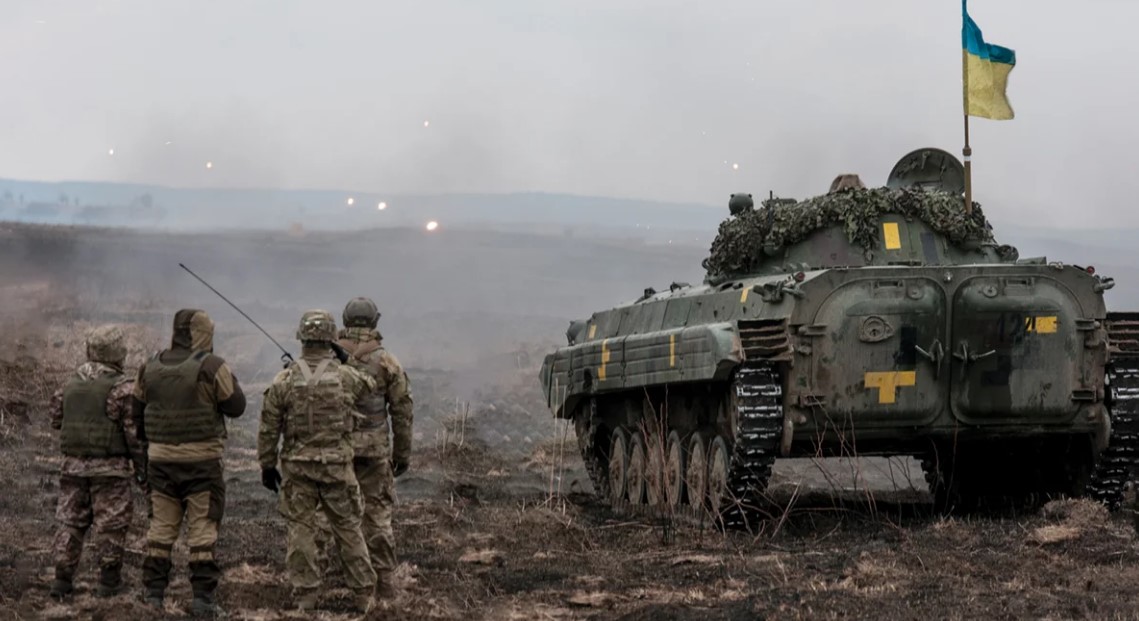
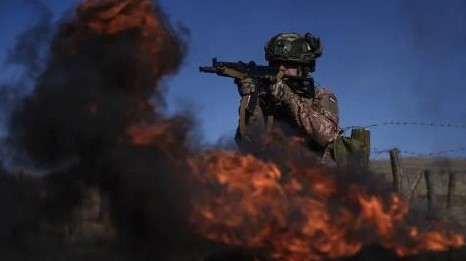
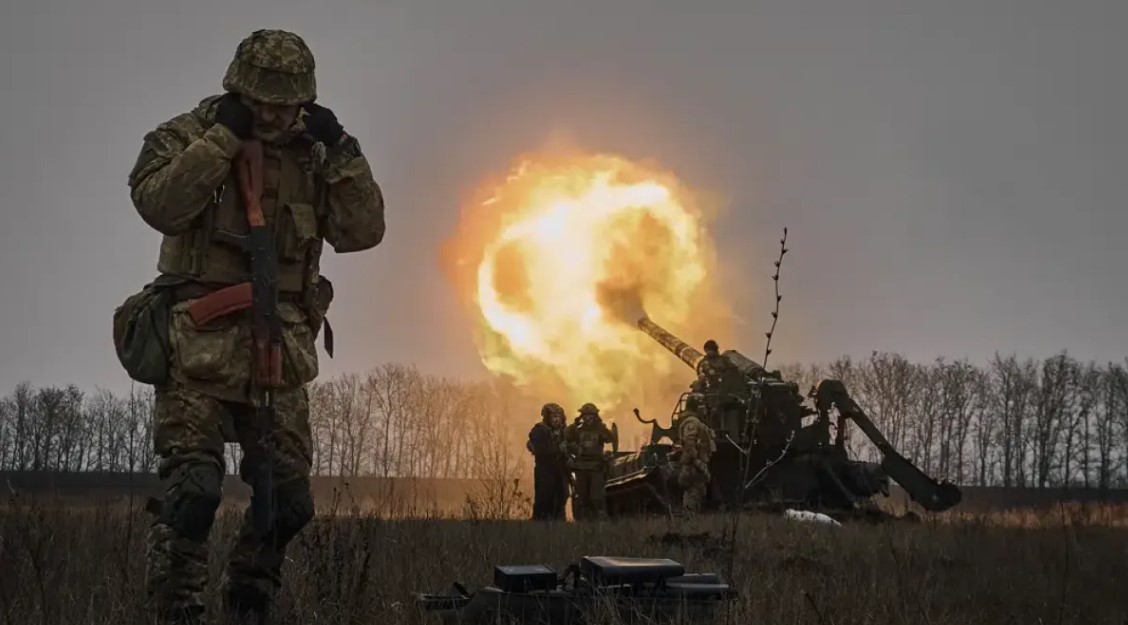
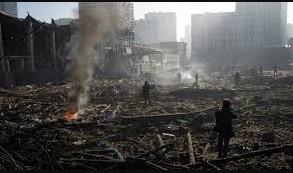

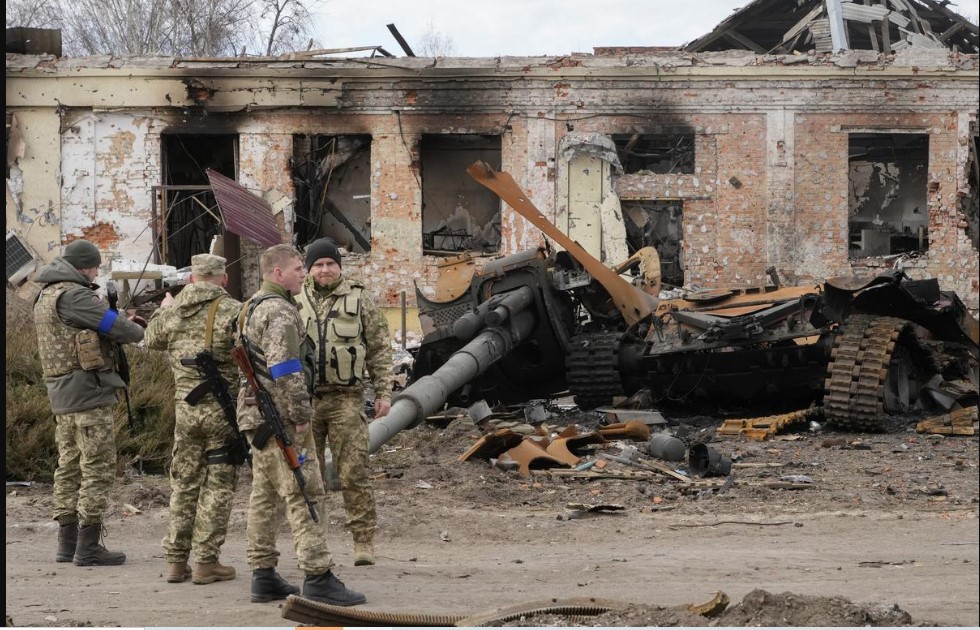
Photos are collected from respective sources